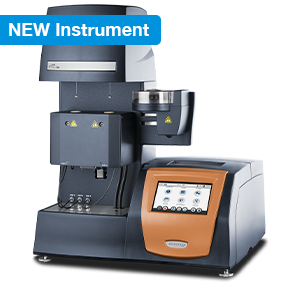Comprehensive Rheological Characterization to Optimize Electrode Manufacturing
Summary Electrode manufacturing for lithium-ion batteries is a complex, multistep process that requires comprehensive material characterization to ensure quality and consistency in the final electrodes. Electrode processing involves combining active materials with binders and conductive additives to form a coating on the current collector, either as a slurry or dry coating. The mixing and coating…
Details











